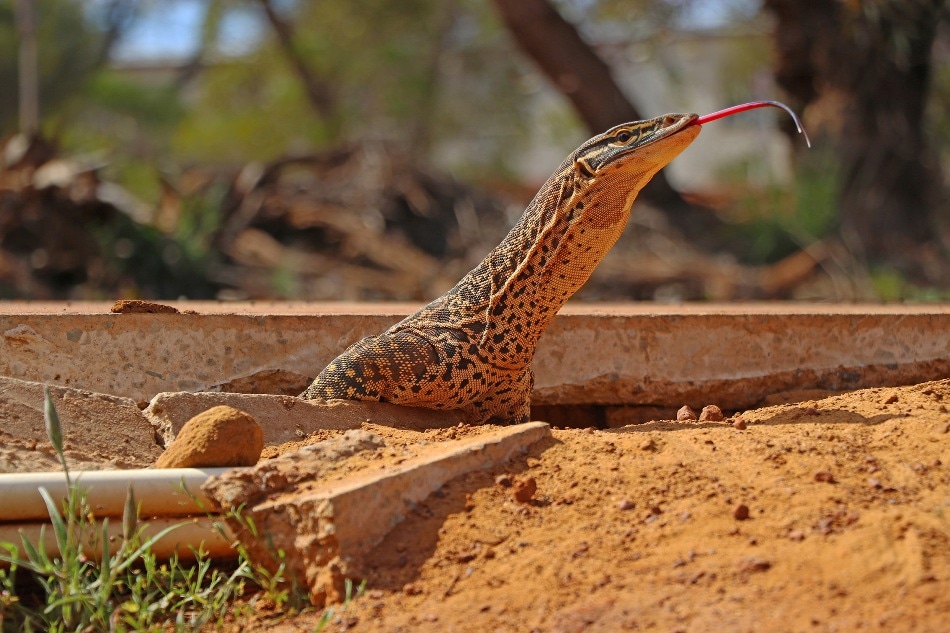Feb 21 2019
New Curtin research has found the impact of mining on animals is overlooked in most mine site restoration assessments, prompting a call for greater onus to be put on mine operators to restore animal communities after mining.

The study, published in journal Pacific Conservation Biology, involved a global review of literature relating to mine site restoration and found that fauna was under-recognised in assessments of restoration success.
Lead author PhD student Sophie Cross, from the ARC Centre for Mine Site Restoration (CMSR) in Curtin’s School of Molecular and Life Sciences, said the research highlighted a need for an increased focus on fauna monitoring and behavioural studies as a way of understanding the long-term success of mine site restoration.
“Although mining activity creates a relatively small footprint on the land, 75 per cent of active mine sites are situated on land considered to be of high conservation value,” Ms Cross said.
“Animals are often assumed to return to the area of a mine site following its closure and the return of vegetation; however, in practice restoring animal communities and biodiversity can be exceptionally challenging.
“Our research highlights the need for more detailed consideration of animal communities in mine site restoration, as the common method of vegetation surveys alone may not be sufficient to ascertain the long-term success of restoration measures in effectively reinstating healthy, functional animal communities and ecosystems.”
The study found that over a 49-year period, just 101 peer reviewed publications reporting on fauna as part of mining restoration activities, with over half from Australia.
Research supervisor Associate Professor Bill Bateman, from Curtin’s School of Molecular and Life Sciences, said that while there was an urgent need to consider fauna in mine site restoration, the good news was that Australia was leading the way in this, with the bulk of such research taking place here.
“Our study has highlighted the importance of comprehensively and representatively restoring faunal communities after mining,” Professor Bateman said.
The full paper, ‘Overlooked and undervalued: the neglected role of fauna and a global bias in ecological restoration assessments’, was funded by the Australian Research Council and can be viewed online here.